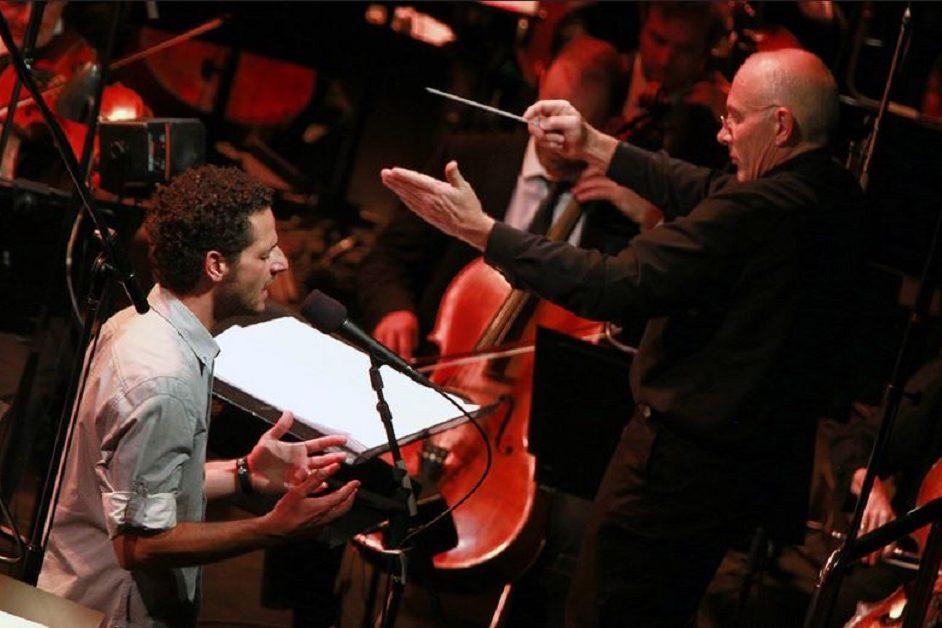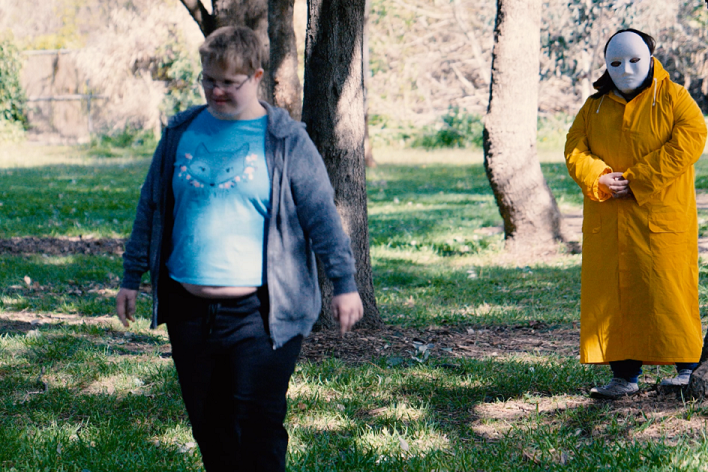
Music / Verdi’s “Il Trovatore,” conducted by Andrea Battistoni, directed by Davide Livermore, Sydney Opera House, season ended. Reviewed by HELEN MUSA.
AFTER several covid-thwarted attempts to get to this production of “Il Trovatore”, I finally caught the last performance at Sydney Opera House over the weekend – but if the foot-stamping and cheering is anything to go, by this production will remain in the company’s repertoire.
This was never going to be what Dame Edna Everage would call “a nice night at the theatre”.
On the contrary, “Il Trovatore” lays bare very worst and most violent of human instincts, with no compromise.
All the main characters are good haters and even the most benign, Leonora, played by American soprano Leah Crocetto, is obsessive.
Enrico Caruso was not wrong when he said that all you had to do to succeed with “Trovatore” to have four superlative singers and Opera Australia, importing all the leads, proves that true, although mention must be made of OA regular David Parkin, whose rich vocal presence as Ferrando made him an effective cast member.

Yonghoon Lee, whom we last interviewed when he was about to play Otello for OA, stole the show as the rebel Romani leader, Manrico, supported by Maxim Aniskin as his antagonist (and it turns out, brother) Count di Luna, Crocetto as a rather stiff Leonora and, most dramatic of all, Elena Gabouri as the mysterious gypsy woman, Azucena.
It was a night of ovations as they ripped into some of Verdi’s most popular arias, with the Opera Australia Orchestra and chorus raising the production out of the ordinary.
But now to Italian director Davide Livermore and his controversial style.
We’ve already seen work by Livermore, known for spectacular LED-digital content devised by his collaborator D-Wok, thrown on to huge moving screens as in OA productions of “Anna Bolena” and “Aida”.
For “Trovatore” he also engaged Italian designer Gio Forma Forma, who introduced “real” three-dimensional set elements, like an arc de triomphe and a circular arrangement of hospital beds to suggest a nursing convent.
Costume designer Gianluca Falaschi played with contrasts. The count’s men are clothed in 20th century grey suits, coats and hats, while the Romani people – the rebels led by Manrico – are got up as circus or carnival folk, a metaphor for unruliness.
This may be a cheeky departure from the gypsy setting of traditional “Trovatore” productions but in my view it largely worked, adding much-needed light to the darkness.
Subtle human interaction is not Livermore’s strong suit, nor does it have a place in “Trovatore.” There is no new nuance in this tale of hatred and revenge, with the acting, such as it is , loud and stagey.
Without doubt, the visuals are overly busy and I often had to close my eyes and listen to the singing to cope.
Digital artist D-Wok leaves no stone unturned.
The huge screens are awash with images imagery of flames licking at the edge of the stage and sometimes consuming it, burnt-out buildings like something you’d see in Syria, shattered statues of dictators lying in the desert, creepy-crawlies on the walls (a D-Wok trademark) and shifting adaptations of the tarot pack, a nod to gypsy fortune-telling.
If the audience’s rapturous reception is anything to go by, small matter that we didn’t know what to make of it.
More comprehensible were the beautiful evocations of grand palaces, wind swept cloudscapes and long vistas.
“Il Trovatore” comes swiftly to its bloody ending with more onstage corpses than in “Hamlet”, aided by Livermore, who allows the circus folk to dispatch a few of their enemies while they have the chance.
But it must never be forgotten amidst the new technologies designed to attract new audiences, that the heart of opera is the music.
Fortunately conductor Battistoni, a Verdi expert, knows much more than where the bodies are buried, and he elicited every bit of light and shade from this opera, finding subtleties in the music that we did not see in the performances.
Who can be trusted?
In a world of spin and confusion, there’s never been a more important time to support independent journalism in Canberra.
If you trust our work online and want to enforce the power of independent voices, I invite you to make a small contribution.
Every dollar of support is invested back into our journalism to help keep citynews.com.au strong and free.
Thank you,
Ian Meikle, editor




Leave a Reply